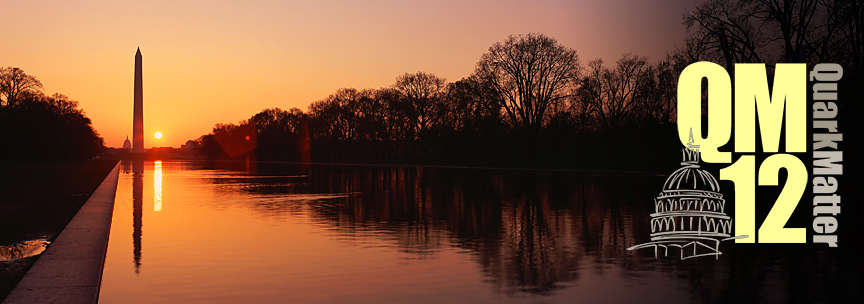Speaker
Mr
Prithwish Tribedy
(for the STAR collaboration)
Description
Dynamical fluctuations in globally conserved quantities such as baryon
number, strangeness, charge, and isospin are suggested to carry information about the de-confinement and chiral phase transitions. An
observation of enhanced dynamical fluctuations or non-monotonic behavior of transverse momentum correlations as a function of colliding energy might indicate the system has probed the predicted QCD critical point.
The STAR experiment has performed a comprehensive study of the energy
and charge dependence of dynamical particle ratio ($K/\pi$, $p/\pi$,
and $K/p$) fluctuations, net-charge fluctuations, and transverse
momentum correlations in the STAR TPC at mid-rapidity, as well as
neutral-charge pion fluctuations at forward rapidity. The charge
dependence of particle ratio fluctuations exhibit differences between
same and opposite sign dynamical particle ratio fluctuations compared
to inclusive charged dynamical fluctuations. Neutral-charge pion
fluctuations at forward rapidity are measured by detecting neutral pion
decay photons in the Photon Multiplicity Detector and charged pions by the Forward Time Projection Chamber, which cover the same pseudorapidty
region.
The centrality, energy, and charge dependence from new measurements of the fluctuation observables $\nu_{dyn}$ and $r_{m,1}$ and the energy dependence of transverse momentum correlations from $\sqrt{s_{NN}}$ = 7.7-200 GeV Au+Au collisions will be presented. These results are also compared to theoretical predictions from models such as HIJING and UrQMD.
Author
Mr
Prithwish Tribedy
(for the STAR collaboration)
Peer reviewing
Paper
Paper files:
